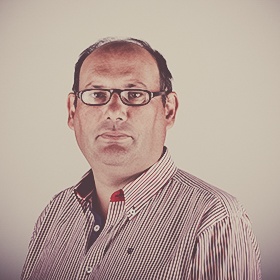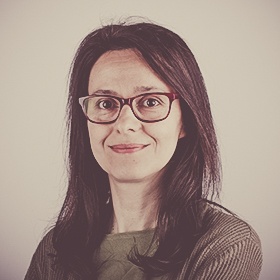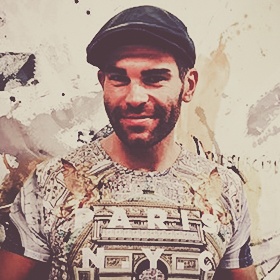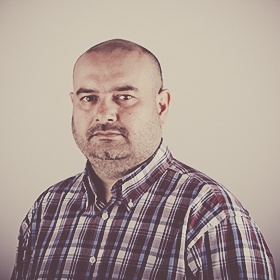Audiovisual Communication
[dropcaps color=’#ffffff’ background_color=’#eb005d’ border_color=” type=’square’]T[/dropcaps]
he Professional Higher Technical Courses are a short term training of higher education. They confer a level 5 diploma from the National Qualification Framework and are the basis for the development of an area of professional or vocational activity, for personal development or for the pursuit of studies in a degree. The CTeSP are organized in 4 semesters, the last one being held in a professional environment (internship).
They carry out photography; photographic reporting; advertising photography; conceive and develop interactive multimedia products; conceive and develop animated and 3D image projects; events and video supports; graphic supports at editorial level; television graphics and visual communication campaigns for companies and products in digital and analog media.
Coordinator
Pedro Motta da Silva
pedro.silva@ipcb.pt
[/custom_font]
Objectives
[dropcaps color=’#ffffff’ background_color=’#eb005d’ border_color=” type=’square’]T[/dropcaps] he objective of the Higher Technical Professional Course in Audiovisual Communication is [highlight color=” background_color=”]to develop a professional profile appropriate to the market,[/highlight] preparing a technician who, autonomously or as part of a team, is capable of collecting the images necessary for the execution of a report in photographic format, or, on video, using the appropriate technical means for both photography and video. He also has knowledge in the planning of graphic narratives and in the elaboration of television graphics integrated in the logic of communication.
This training allows trainees to integrate projects and teams in the sectors of advertising, audiovisual, photography, design or television stations [highlight color=” background_color=”](including the Internet).[/highlight]
Professional Outings
[dropcaps color=’#ffffff’ background_color=’#eb005d’ border_color=” type=’square’]I[/dropcaps]n addition to the development of a professional or vocational area of activity, the technical higher education course in [highlight color=” background_color=”]Audiovisual Communication [/highlight]allows the continuation of studies in the degree in Communication Design and Audiovisual Production of ESART.
Study Plan
1st Year – 1st Semester
| Course units | Working time | Credits |
| Total (h) | Contact | ||
|---|---|---|---|
| English | 108 | TP: 45; | 4 |
| Analysis of Communication and Production of Text | 108 | TP: 45; | 4 |
| Photography | 135 | TP: 60; | 5 |
| Graphic Design | 135 | TP: 60; | 5 |
| New Systems of Communication | 108 | TP: 45; | 4 |
| Composition of Image | 81 | TP: 45; | 3 |
| Capture and Editing of Image | 135 | TP: 60; | 5 |
1st Year – 2nd Semester
| Course units | Working time | Credits |
| Total (h) | Contact | Unids curriculares | |
|---|---|---|---|
| History of Art | 108 | TP: 45; | 5 |
| Pschology of Perception and Visual Communication | 108 | TP: 45; | 4 |
| Drawing | 162 | TP: 75; | 6 |
| Innovation and Entrepreneurship | 108 | TP: 45; | 4 |
| Audiovisual Production | 162 | TP: 60; | 6 |
| 3D Modeling and Animation | 135 | TP: 60; | 5 |
2nd Year – 1st Semester
| Course units | Working time | Credits |
| Total (h) | Contact | Unids curriculares | |
|---|---|---|---|
| Animation and Television Composition | 108 | TP: 45; | 4 |
| Editing and Post-production | 135 | TP: 60; | 5 |
| Digital Communication | 135 | TP: 45; | 5 |
| Business Communication | 162 | TP: 60; | 6 |
| Visual Identity | 135 | TP: 60; | 5 |
| Laboratory of Communication | 162 | TP: 60; | 5 |
2nd Year – 2nd Semester
| Course units | Working time | Credits |
| Total (h) | Contact | Unids curriculares | |
|---|---|---|---|
| Internship | 810 | TP: 660; | 30 |
Admittance
You can apply for a Course TeSP:
[/custom_font]
- a) Holders of a secondary education or legally equivalent qualification who are qualified in the relevant areas defined for the course;
- b) Students who have passed all the subjects of the 10th and 11th years of a secondary education course, or of legally equivalent qualification, and who have not concluded the secondary education course, are considered capable by means of a capacity assessment test to be carried out by IPCB;
- c) Holders of a technological specialization diploma, a higher professional technician diploma or a higher education degree, who wish to retrain, provided that they are qualified in the relevant areas defined for the course.
[/unordered_list][blockquote text=”The applicants mentioned in point (b) will have to provide evidence of capacity assessment according to the areas relevant to the course and which will be disclosed on www.ipcb.pt.” text_color=”#ffffff”]
Teachers
We select the best to teach the best

Daniel Raposo
PhD in Design by the Faculty of Architecture of the University of Lisbon;
Master in Design, Materials and Product Management by the University of Aveiro;
Degree in Communication Design and Graphic Techniques, Variant Graphic Design and Advertising by Instituto Politécnico de Portalegre.

João Neves
PhD in Design by the Faculty of Architecture of the University of Lisbon; Master in Design, Materials and Product Management by the University of Aveiro; Degree in Technology and Graphic Arts by the Polytechnic Institute of Tomar.

Maria Madalena Ribeiro
Master in Electrical and Computer Engineering, Instituto Superior Técnico da Universidade Técnica de Lisboa;
Degree in Mathematics, Faculty of Science and Technology, University of Coimbra
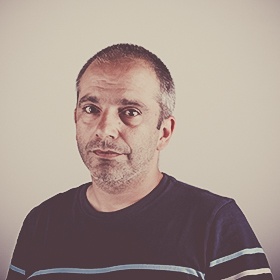
Pedro Motta da Silva
Master in Multimedia and Audiovisual Business Administration, at ISC – Saint Louis;
Degree in Media Production, Universidade Nova de Lisboa.
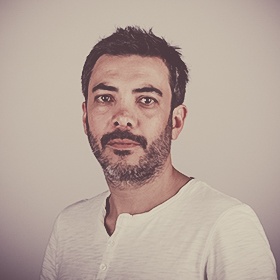
Ricardo Silva
Master in Art, Heritage and Restoration, Faculty of Letters, University of Lisbon.
Graduated in History of Art, Faculty of Letters of the University of Lisbon;
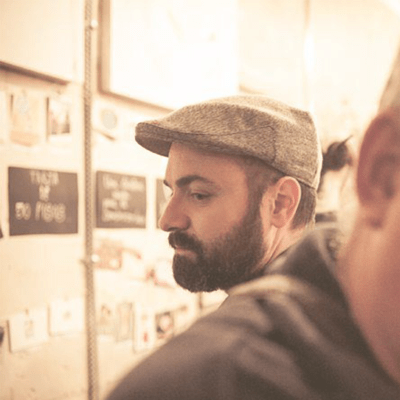
Ricardo Correia
Master’s Degree in Graphic Design from the School of Applied Arts of the Polytechnic Institute of Castelo Branco; Degree in Architecture from the Lusíada University of Lisbon; Co-Founder of ANDO Papercrafters; 25 years of accumulated national and international experience in communication workshops such as Noho Comunicación and Cano Estudio, and Architecture as Promontório Arquitetos and RCR Arquitectes (Pritzker Arquitetura, 2017).

